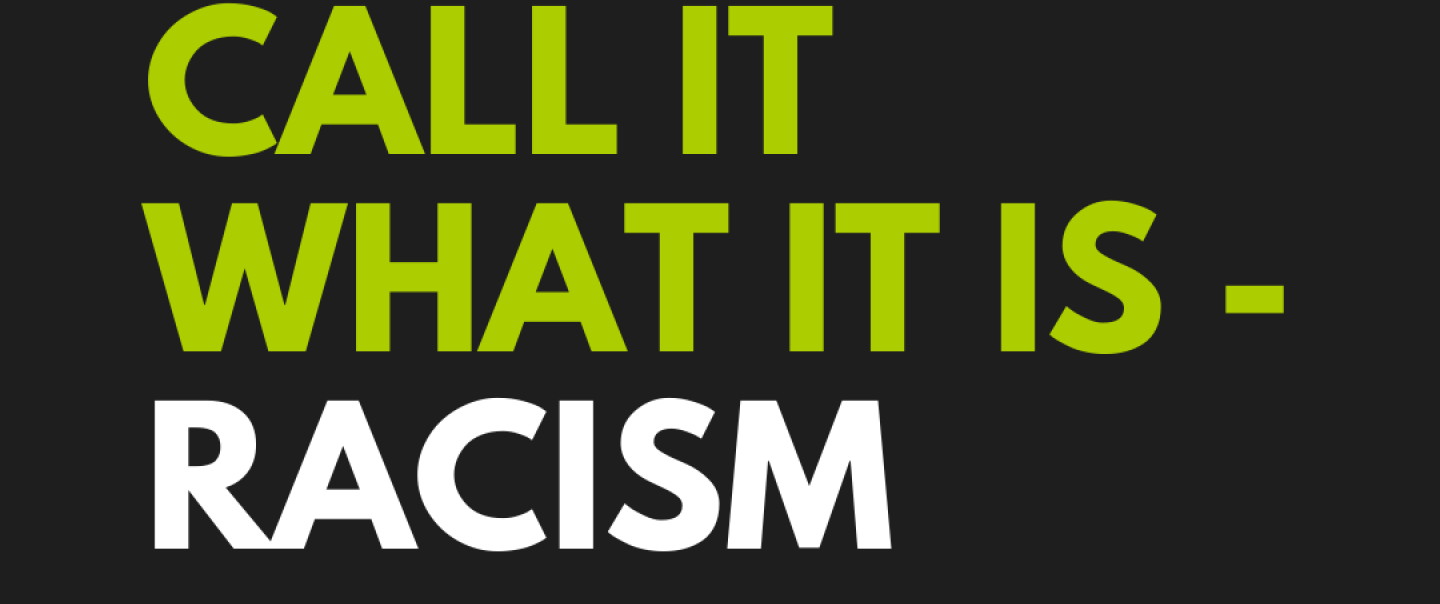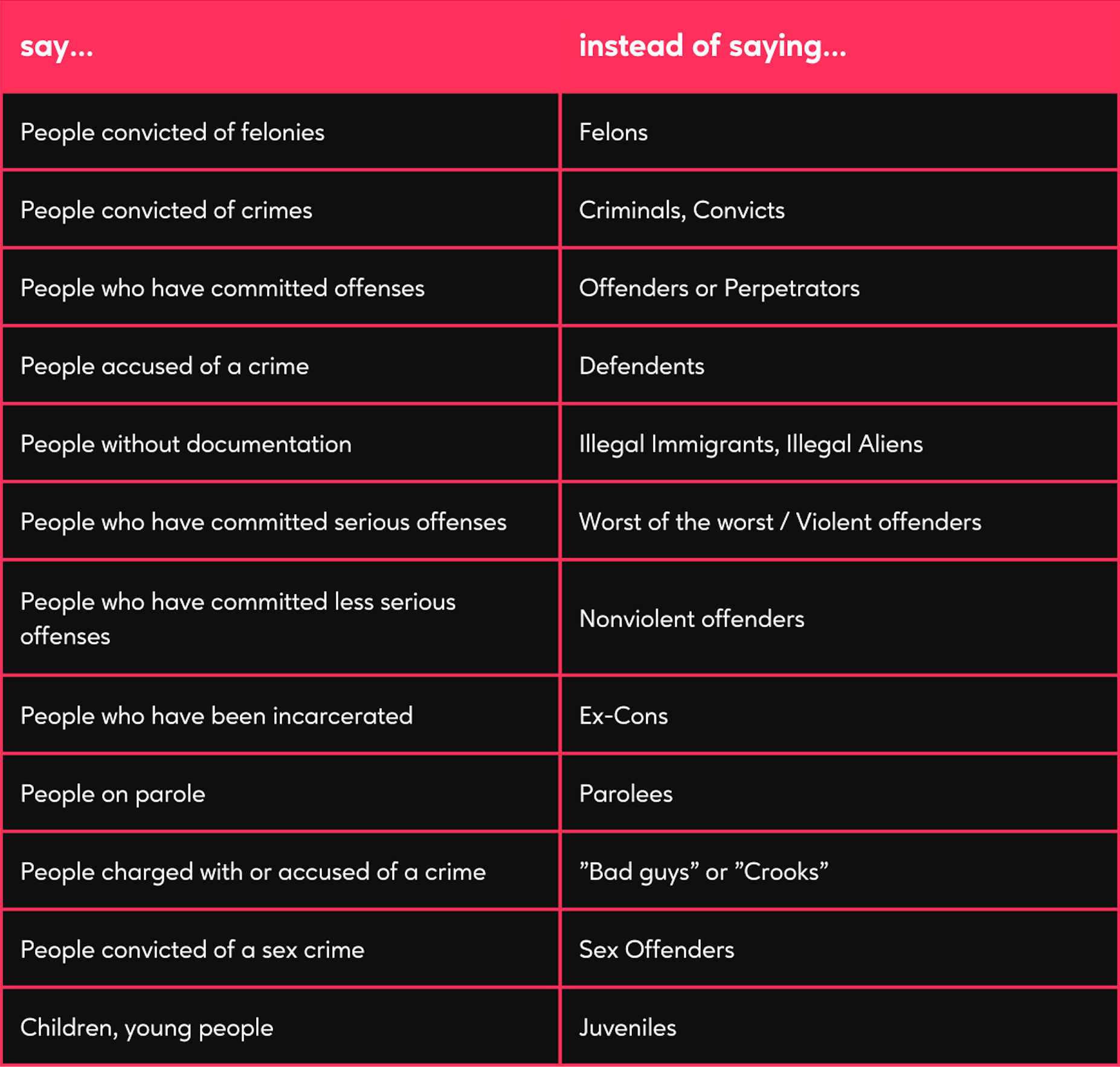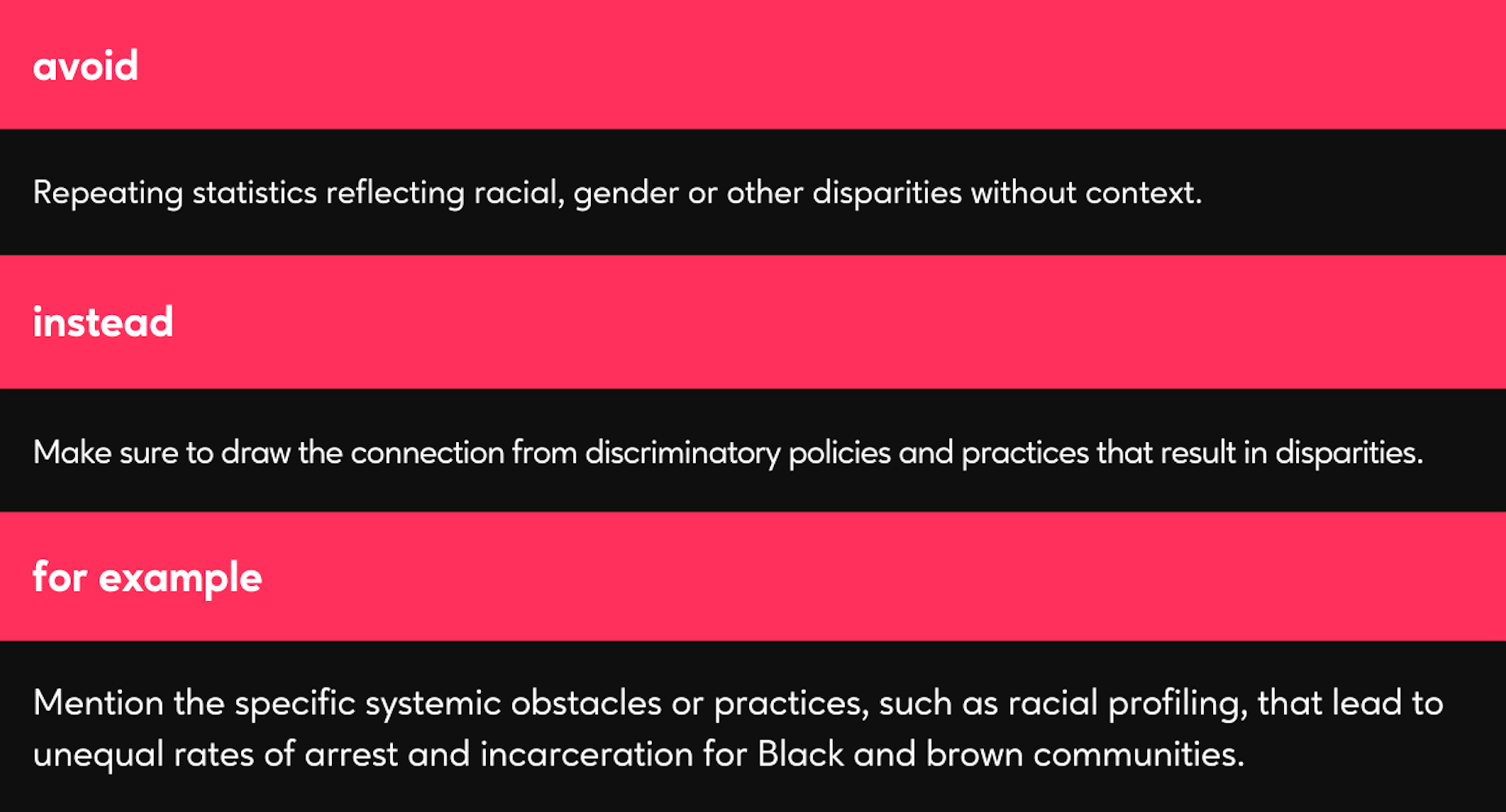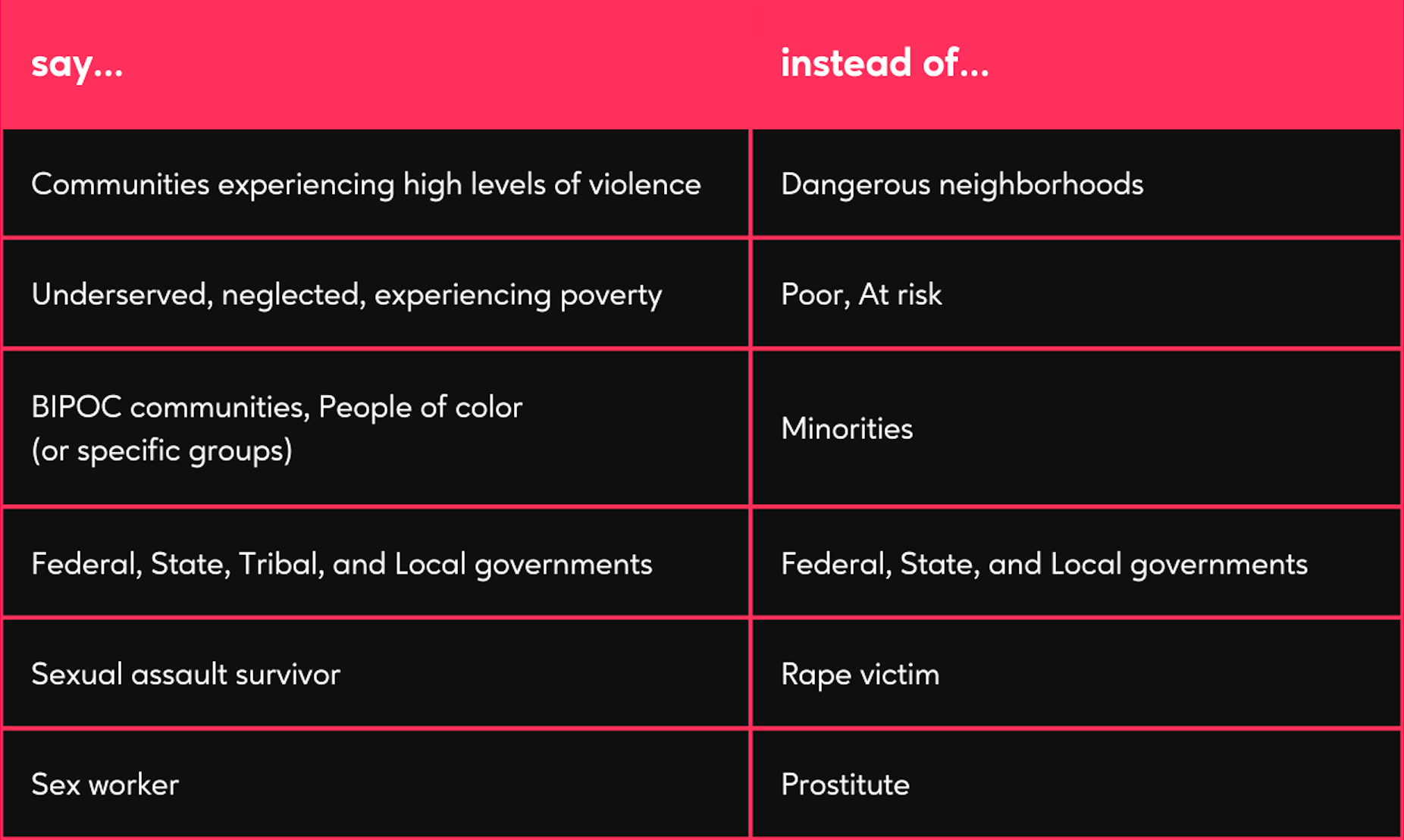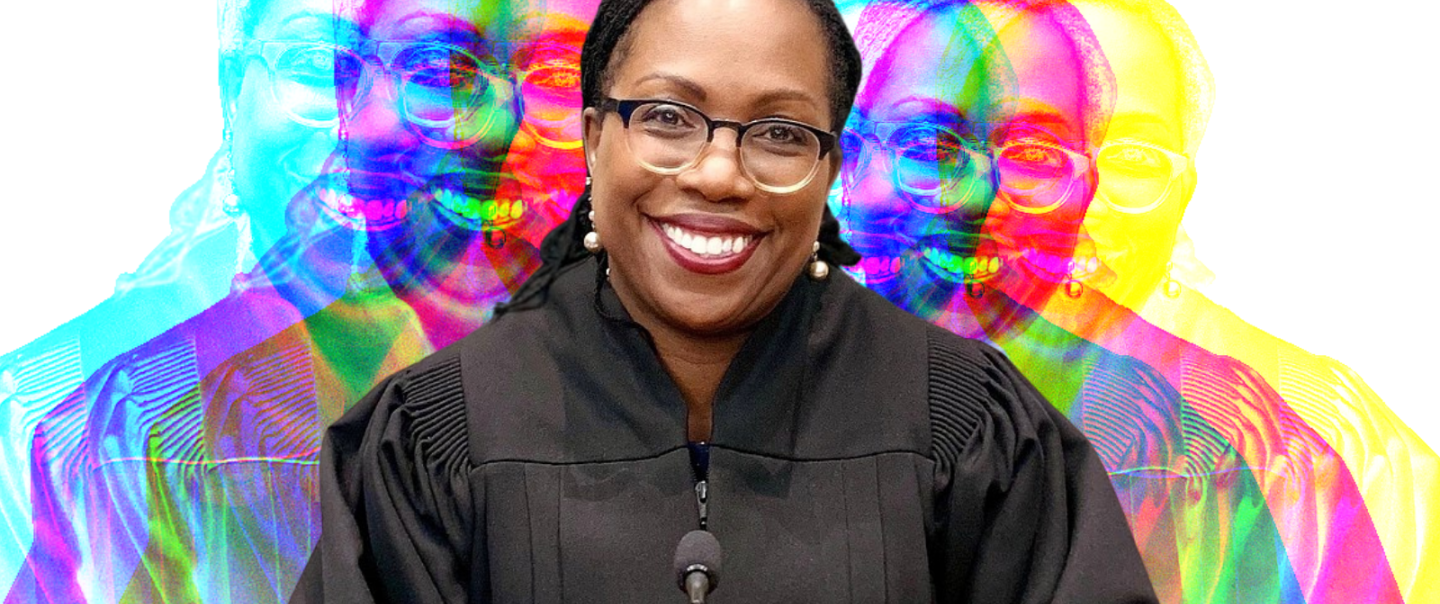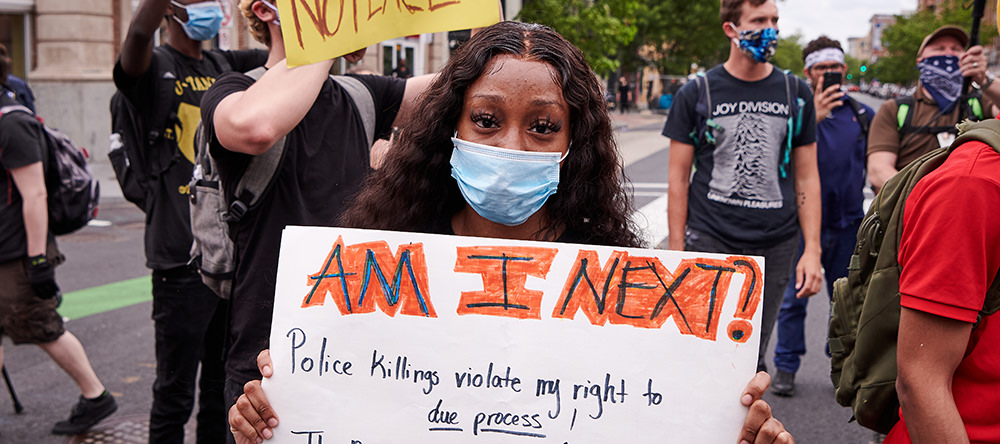June 2023
As the highest court in the United States, the Supreme Court has final say in interpreting our constitutional rights. People expect the Court to be impartial and to interpret the Constitution based on solid reasoning and respect for precedent. The Court should not be focused on furthering a particular political agenda or in responding to personal favors. In fact, the Court has historically been viewed favorably by the public, or the very least, been viewed as a legitimate institution. In order to function as an independent and effective institution, it is important that people recognize the Court as legitimate. The legitimacy of the Court encourages people to have faith in our government institutions and to work peacefully with them.
However, in recent years, the Supreme Court’s status has come into question.[1] For the first time since the information has been gathered, most Americans do not view the Court as legitimate. Only 7 percent of Americans have a great deal of trust and confidence in the judiciary.[2] As we wait for the Supreme Court’s decisions in several important cases that will impact affirmative action, voting rights, and other significant issues, we advise advocates to consider discussing the Supreme Court’s legitimacy in their communications about these decisions. Below are some tips for incorporating concerns about the Court’s legitimacy as you discuss the Court’s upcoming decisions.
Messaging Advice
1. Lead with Values. The Supreme Court should reflect our shared values in its decisions (e.g., Impartiality, Equal Justice, Due Process, Fairness). It is vital that these values continue to be uplifted despite the individuals who are on the Court. Consider discussing how decisions impact these values and whether the decision deviates or brings us closer to them.
Why Those Values Matter?
- Reliability: One of the guiding principles for the Supreme Court is “stare decisis,” which essentially means that the Court and other courts will “adhere to [previous cases] in making their decisions.”[3] People depend on a reliable Court and expect it to respect decisions. Americans should be able to count on the reliability of the Court.
- Transparency: The Supreme Court is expected to explain the rationale underlying their decisions and opinions openly, with the opportunity for members of the public to hear arguments.
- Equal Justice: The Court should be advancing equity and access to equal opportunity, not limiting access to it.
2. Describe the importance of the judiciary in advancing social justice. Promoting a fair judiciary is not just about highlighting the recent failures of the conservative Supreme Court majority; it is also about supporting new federal judges who will interpret the Constitution in manner that aligns with our shared values.
- The legitimacy crisis at the Supreme Court is detrimental to our society, and there is a growing awareness that policymakers should take the necessary steps to address this crisis. Many advocates concerned with social justice have raised these concerns. However, there is also a greater need to transform the judiciary into one that the public can view as legitimate.
- Advocates should push for the appointment and confirmation of new jurists who have demonstrated a passion for equal justice under law. The appointment of Justice Ketanji Jackson Brown illustrated the hope that a competent and respected jurist can bring to the judiciary. But there are still many judicial vacancies, including several social justice advocates, who are not receiving the same level of enthusiasm.
- What can sometimes get lost in the discourse about the Supreme Court is the need to continuously feed the pipeline of judges who comprise the trial and federal appellate courts. Several nominees who reflect the values of our Constitution and who have devoted their lives to advancing civil rights and civil liberties have yet to be confirmed as federal judges despite being nominated to the judiciary by President Biden. These nominees are part of the story of how the judiciary has become so out of step with the American public; conservatives have aggressively filled the courts with judges and stalled the nominations of judges community to Equal Justice. Social justice advocates should consider highlighting the stagnation of their confirmation process to a Supreme Court issuing decisions that roll back social justice. One way of responding is filling our court with judges who will respect our constitutional values.
3. Highlight the importance of an independent judiciary. Explain the importance of ethical standards and accountability. When Supreme Court justices deviate from the ethical standards expected of them, they should be held accountable. The Court should be impartial, and its justices should be guided with concern for all American people rather than corporate elites.
4. Don’t be afraid to identify what’s happening at the Supreme Court as a crisis.
- For the first time in the history of the Gallup poll, fewer than fifty percent of Americans have a great deal or a fair amount of trust in the judicial branch.
- The decline in Americans’ faith in its federal judiciary has been swift – a 20 percentage point drop in two years. The court used to routinely have the faith of two-thirds of Americans in Gallup surveys.
- Because we are in a moment of constitutional crisis, advocates should encourage policymakers to embrace bold and progressive solutions that would restore faith in the judiciary. In addition to filling judicial vacancies and supporting judges who would advance Equal Justice, policymakers should hold judges accountable when they violate ethical standards, consider reforms that might facilitate Supreme Court transformations that restore its democratic qualities, and continuously inform the public about what’s happening at the Supreme Court.
[1] Newport, F. (2021, July 6). Confidence in Supreme Court Sinks to Historic Low. Gallup News. https://news.gallup.com/poll/394103/confidence-supreme-court-sinks-historic-low.aspx (stating that “25% of Americans have confidence in Supreme Court, down from 36% in 2021”)
[2] Newport, F. (2021, July 6). Confidence in Supreme Court Sinks to Historic Low. Gallup News. https://news.gallup.com/poll/394103/confidence-supreme-court-sinks-historic-low.aspx
[3] Cornell Law School Legal Information Institute. (n.d.). Stare Decisis. Cornell Law School Legal Information Institute. Retrieved June 15, 2023, from https://www.law.cornell.edu/wex/stare_decisis#:~:text=Stare%20decisis%20means%20%E2%80%9Cto%20stand,with%20the%20previous%20court’s%20decision





